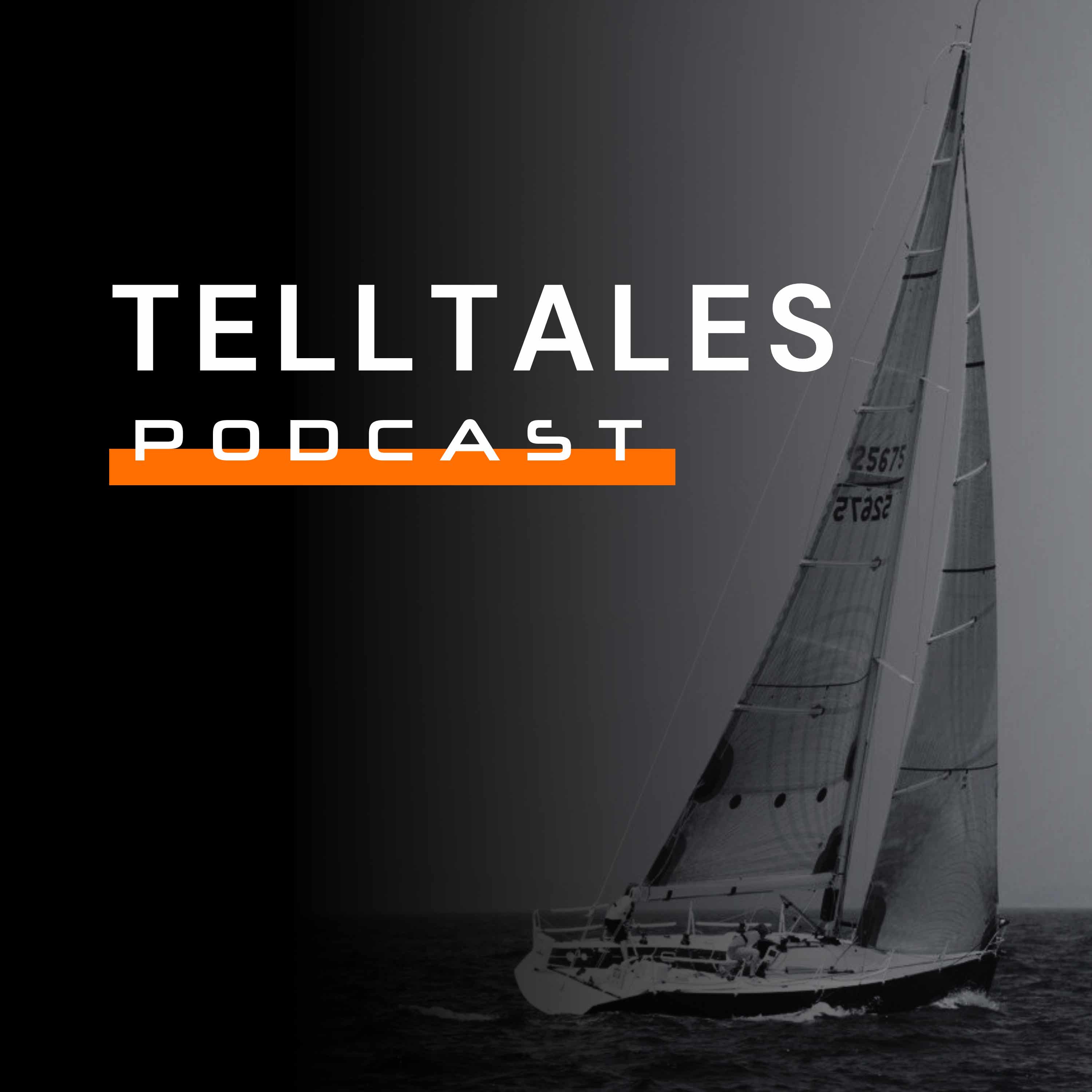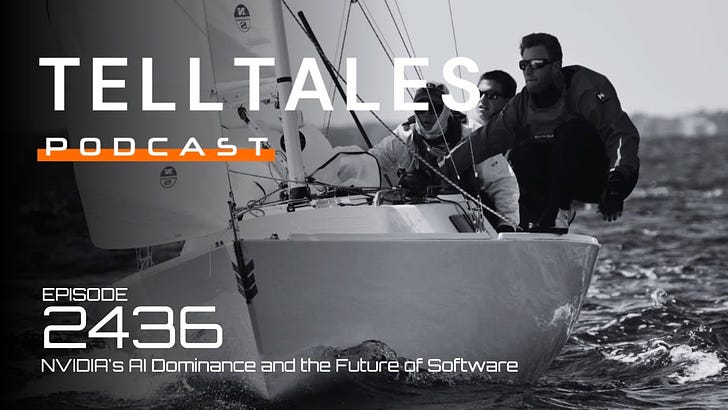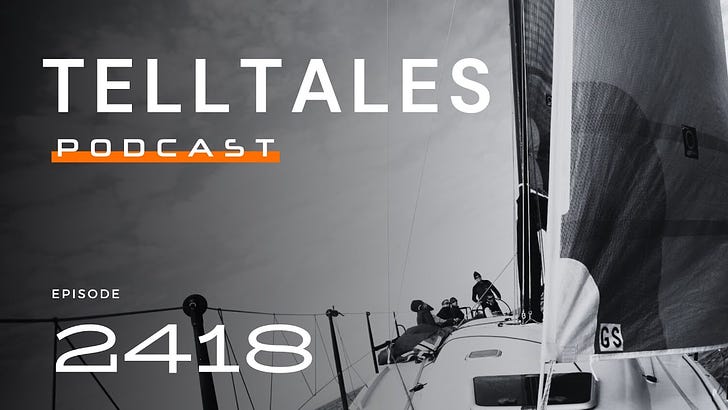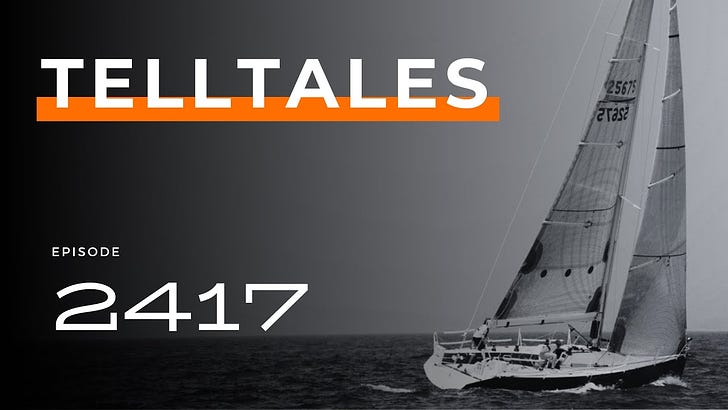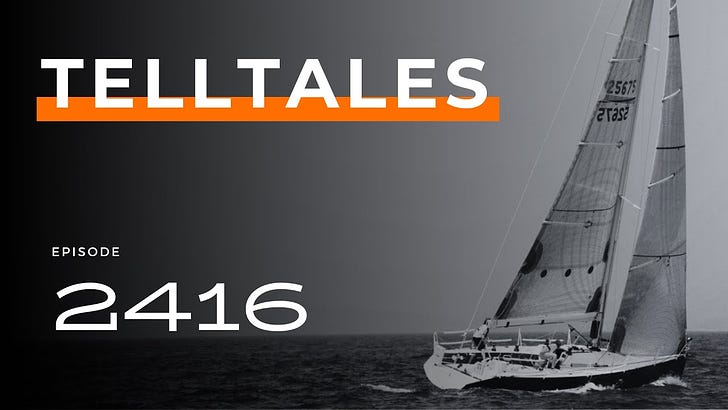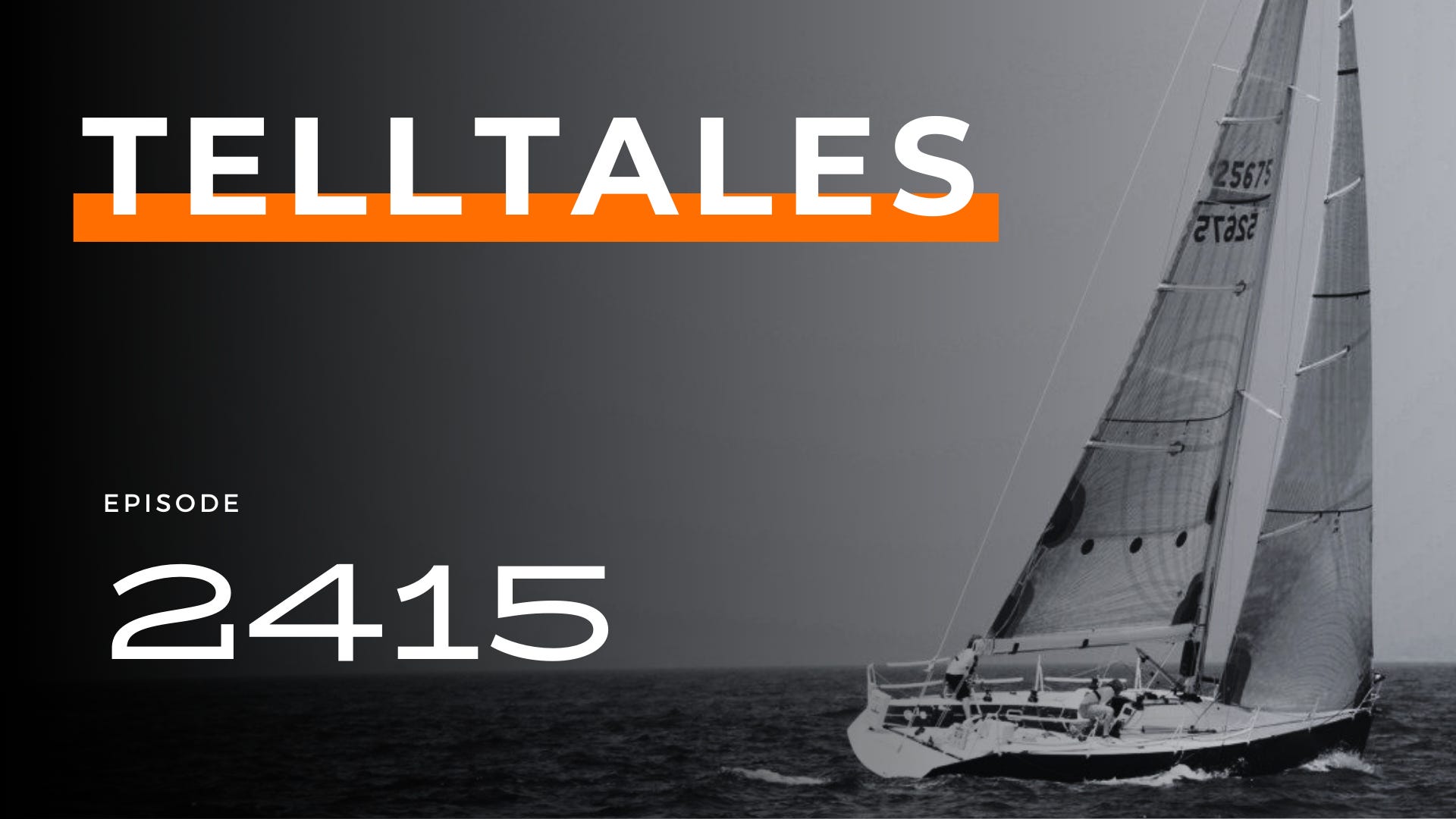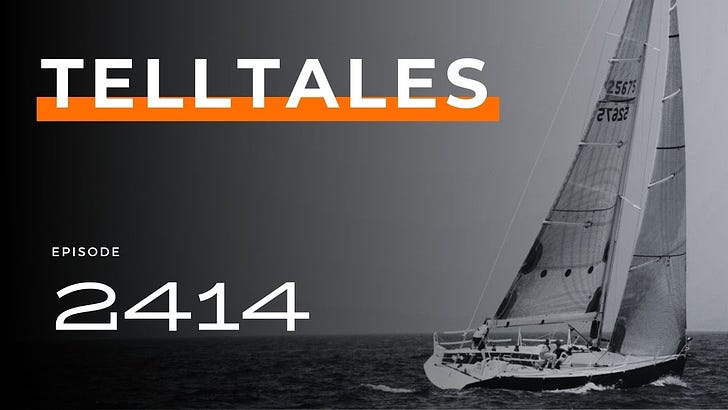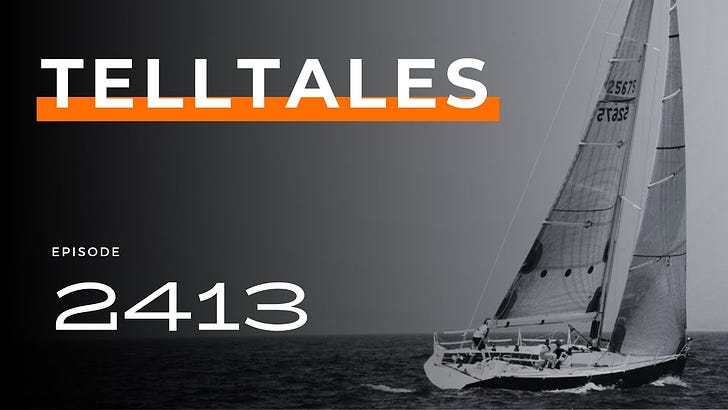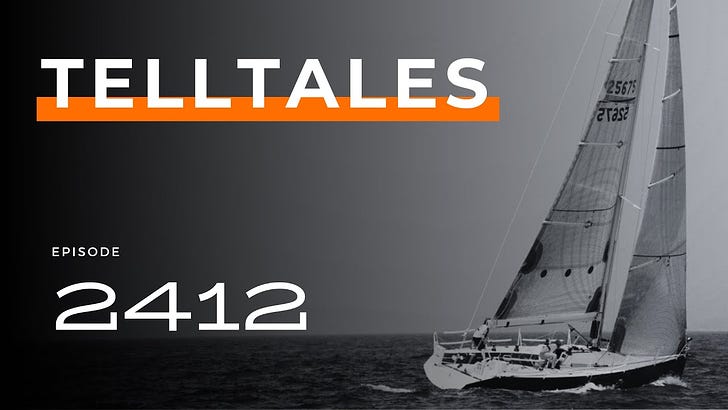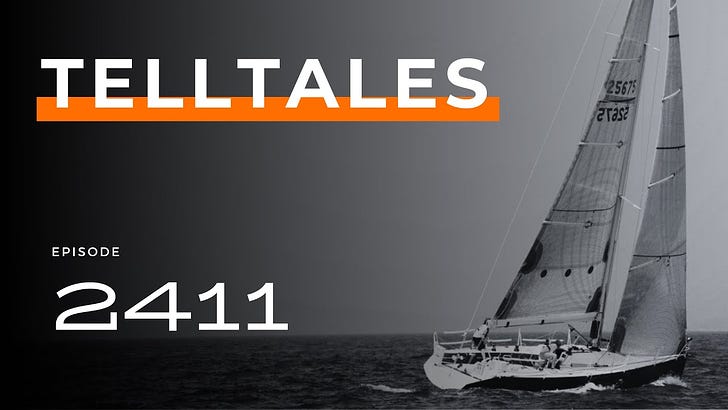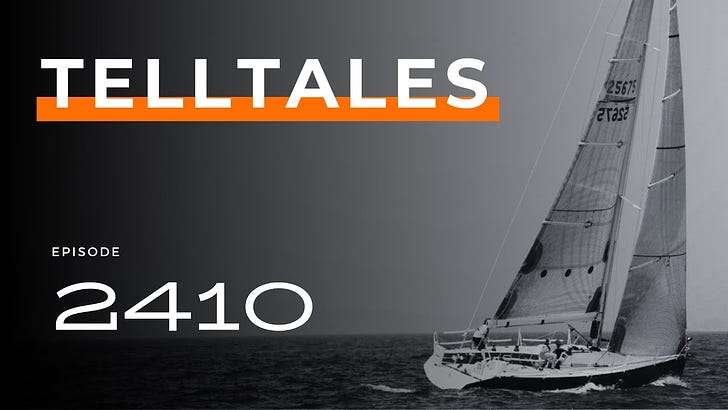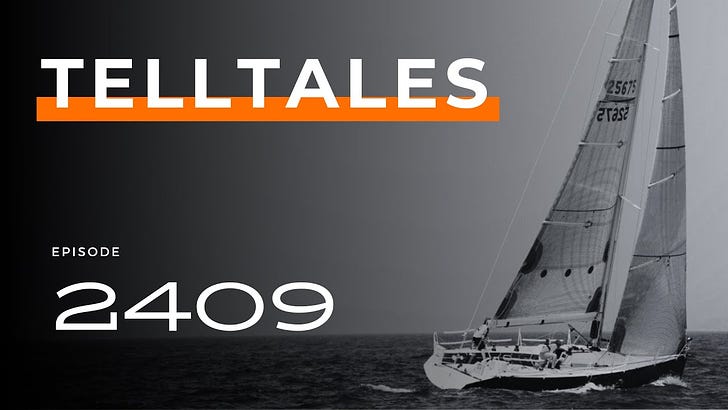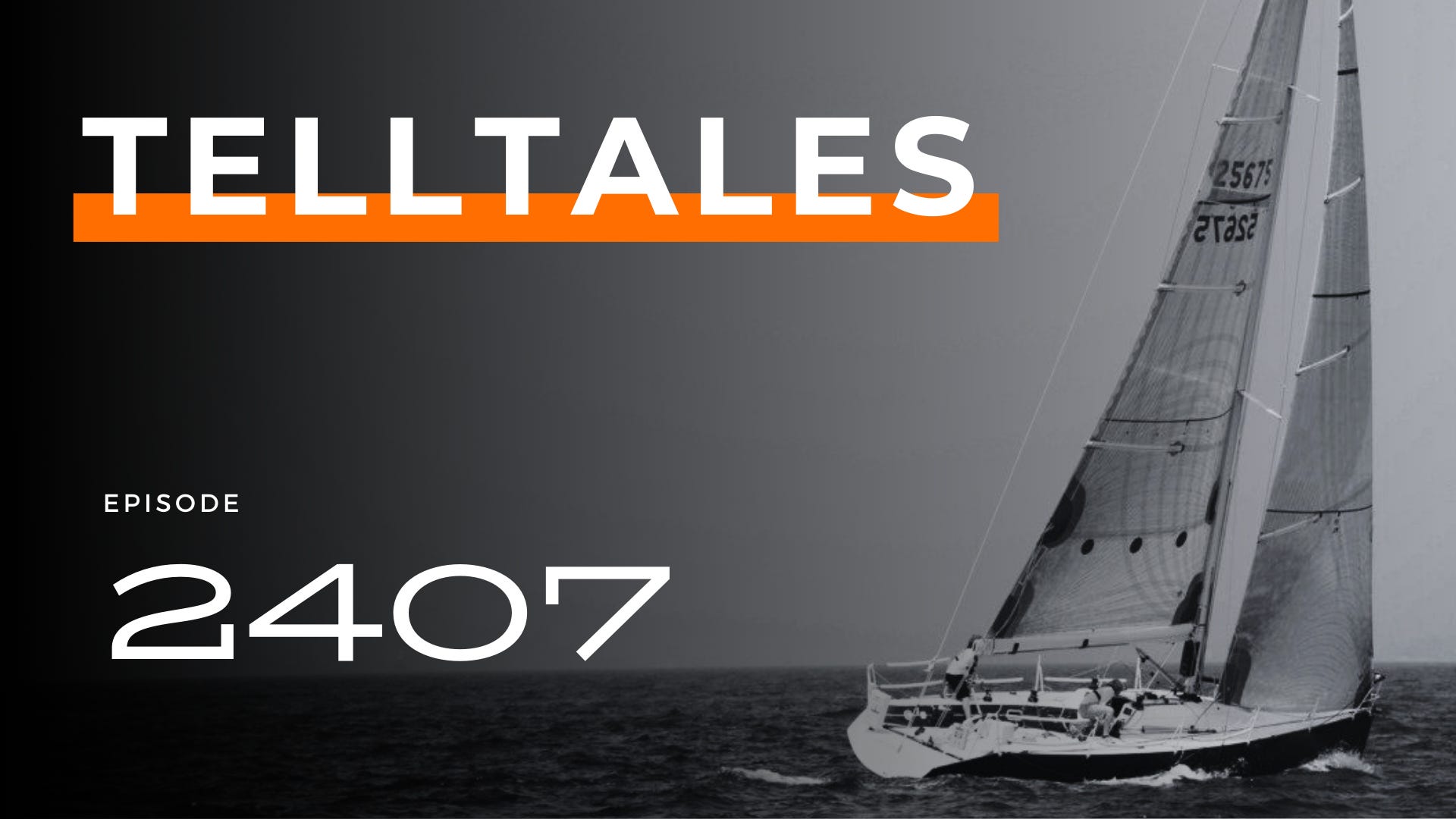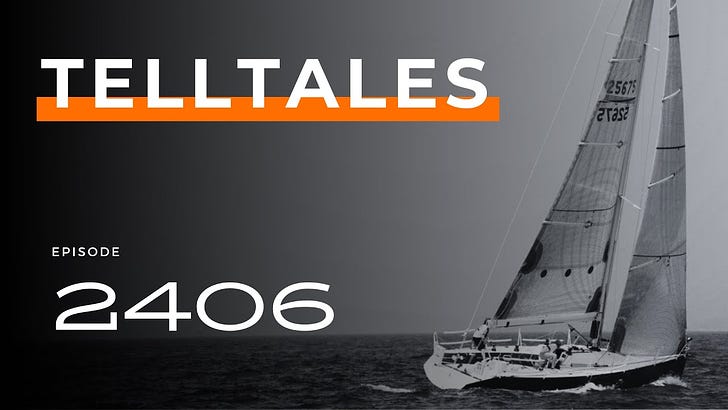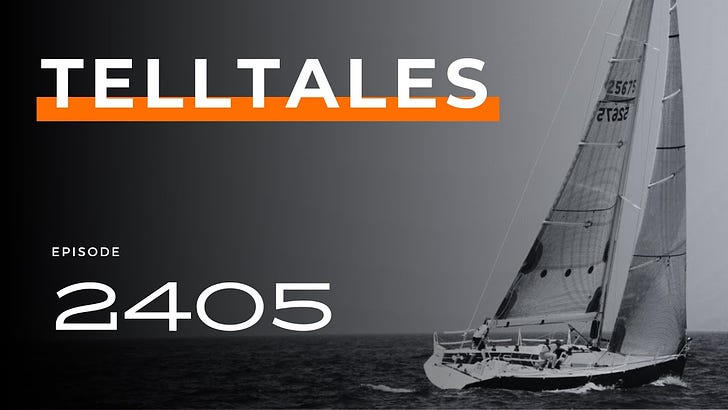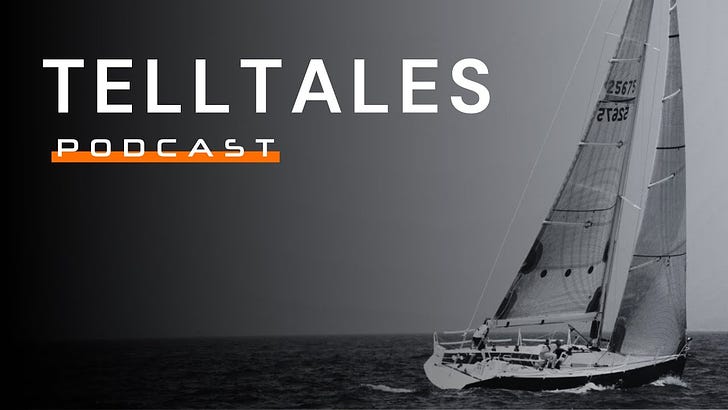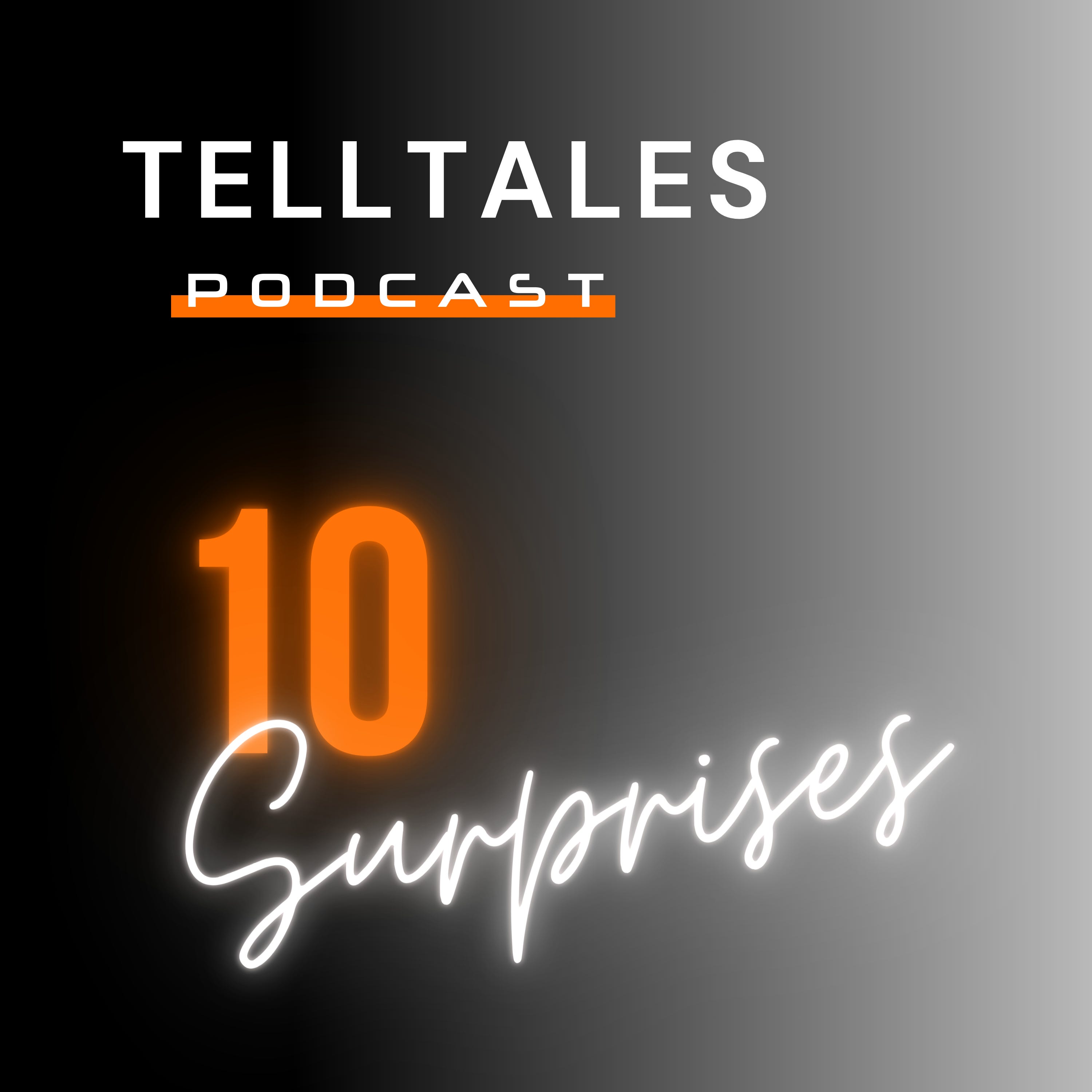💉Biotech & 🛢️Energy -> More Similar Than You Think (e2411)
00:00 Introduction This week’s episode draws fascinating parallels between investing in the energy and biotech sectors. 00:02:25 Exhibit C: WORLD OIL SUPPLY / DEMAND If you look at supply of oil, there's clearly 3-4 million barrels a day too much supply capacity, mostly with Saudi Arabia, to meet demand. The question is, what price of oil would cause supply to come down so that it was within demand? The answer is quite a lot lower. If Saudi Arabia decided to produce the additional 3 million barrels, oil prices could drop at least 20% to below $60 per barrel. 00:05:31 Exhibit B: US GAS DEMAND / SUPPLY Moving to exhibit B on gas pricing, production has flattened out in the 102-103 range. The storage change, the difference between demand and supply, was impossibly high at 23. The total surplus was 3 billion a day over 365 days, which is a trillion a year. The total amount of gas storage is only 3.8 trillion. Later this year, there will likely be forced well shut-ins, especially in the Marcellus region. You could see some impossibly low gas prices, which will make headlines, with gas prices received in the Marcellus potentially under $1. 00:07:14 Exhibit A: US GOV'T REVENUES AND EXPENSES The Biden administration has come out with their budget, which is a political document. We cannot run a $1.5 trillion deficit indefinitely. The interest bill is now more than what we spend for defense, which is not sustainable. However, this is an election year, and the Biden administration has added $500 billion more spending than last year. Congress will never go along with it all, but it shows how irresponsible elected politicians can be when facing an election. 00:08:16 Energy Company Analysis Given the potential for a downdraft in oil prices and the storage build-up leading to potential involuntary shut-ins or very low prices, the hosts quickly cover the energy companies. The gas companies on page 12 (Antero, EQT, Chesapeake) are all behaving well, able to keep production flat or inclined a bit while spending about half their EBITDA. The oil companies on page 11 (EOG, Magnolia, Permian, Diamond Back) are doing fine at $75 oil, showing the same pattern of keeping production flat or inclined while spending about half their EBITDA on CapEx. The midstream companies on page 10 (Kinder Morgan, Enterprise, Energy Transfer, Western Midstream) won't be too affected by commodity price swings, as they have pretty predictable cash flows, but their debt levels are fairly high. The integrated companies on page 9 (Exxon, Chevron, Conoco, Occidental, Cheniere) are really good companies that can hold production flat and generate significant free cash flow, trading around 10x free cash flow. 00:10:49 Page 15: PFE / MRNA / LNTH / BNTX / VRTX Shifting to healthcare, the hosts' two favorite names are Lantheus and Vertex Pharmaceutical. BioNTech is a sentimental favorite due to the virtuous Turkish couple that founded it. Both BioNTech and Moderna piled up a lot of cash from their COVID vaccines, but they don't have ongoing cash flows to fund their R&D like Vertex and Lantheus do. The hosts have more confidence in companies financing research out of free cash flow. 00:12:22 Comparing Biotech and Energy Investing There are surprising similarities between biotech and energy investing. A blockbuster drug platform is akin to having a large oil or gas reserve that can be tapped for years. But getting there requires early success and skillful capital allocation, just like in energy. Vertex has done an amazing job out-innovating itself in treating cystic fibrosis, similar to an energy company replacing reserves. Their "drug platform" treating this disease is a huge reserve they can tap for years to come. 00:18:16 Vertex's Advantages Over Moderna and BioNTech While Moderna and BioNTech had tremendous COVID-related cash flows, that has largely dried up, whereas Vertex is able to fund R&D from ongoing free cash flow. Vertex spends $3.1B on R&D compared to Moderna's $4B, but Moderna will likely burn through cash quickly unless they have a new hit drug soon. BioNTech is a bit more cash-efficient with partnerships on pipeline products. 00:27:28 Sponsor Break: Oakcliff Sailing 00:28:31 Challenges of In Vivo vs Ex Vivo Gene Editing The hosts discuss the challenges and timelines of in vivo gene editing (directly in the body) vs ex vivo (outside the body). With in vivo, you can't test for off-target edits that could potentially cause cancers or other side effects. So the clinical trials will need to be very long to observe cancer rates over time. Most companies working on this are still in early stage trials. So in vivo gene editing treatments have a low probability of reaching the market in the next 3-5 years due to the complicated trial design and potential for concerning side effects. Ex vivo approaches are further along.This podcast and the information herein are intended for informational purposes only. The views expressed herein are the author’s alone and do not constitute an offer to sell, or a recommendation to purchase, or a solicitation of an offer to buy, any security, nor a recommendation for any investment product or service. While certain information contained herein has been obtained from sources believed to be reliable, neither the author nor any of his employers or their affiliates have independently verified this information, and its accuracy and completeness cannot be guaranteed. Accordingly, no representation or warranty, express or implied, is made as to, and no reliance should be placed on, the fairness, accuracy, timeliness or completeness of this information. The author and all employers and their affiliated persons assume no liability for this information and no obligation to update the information or analysis contained herein in the future. This is a public episode. If you would like to discuss this with other subscribers or get access to bonus episodes, visit telltales.substack.com
 Sign in
Sign in Sign in
Sign in Sign in
Sign in